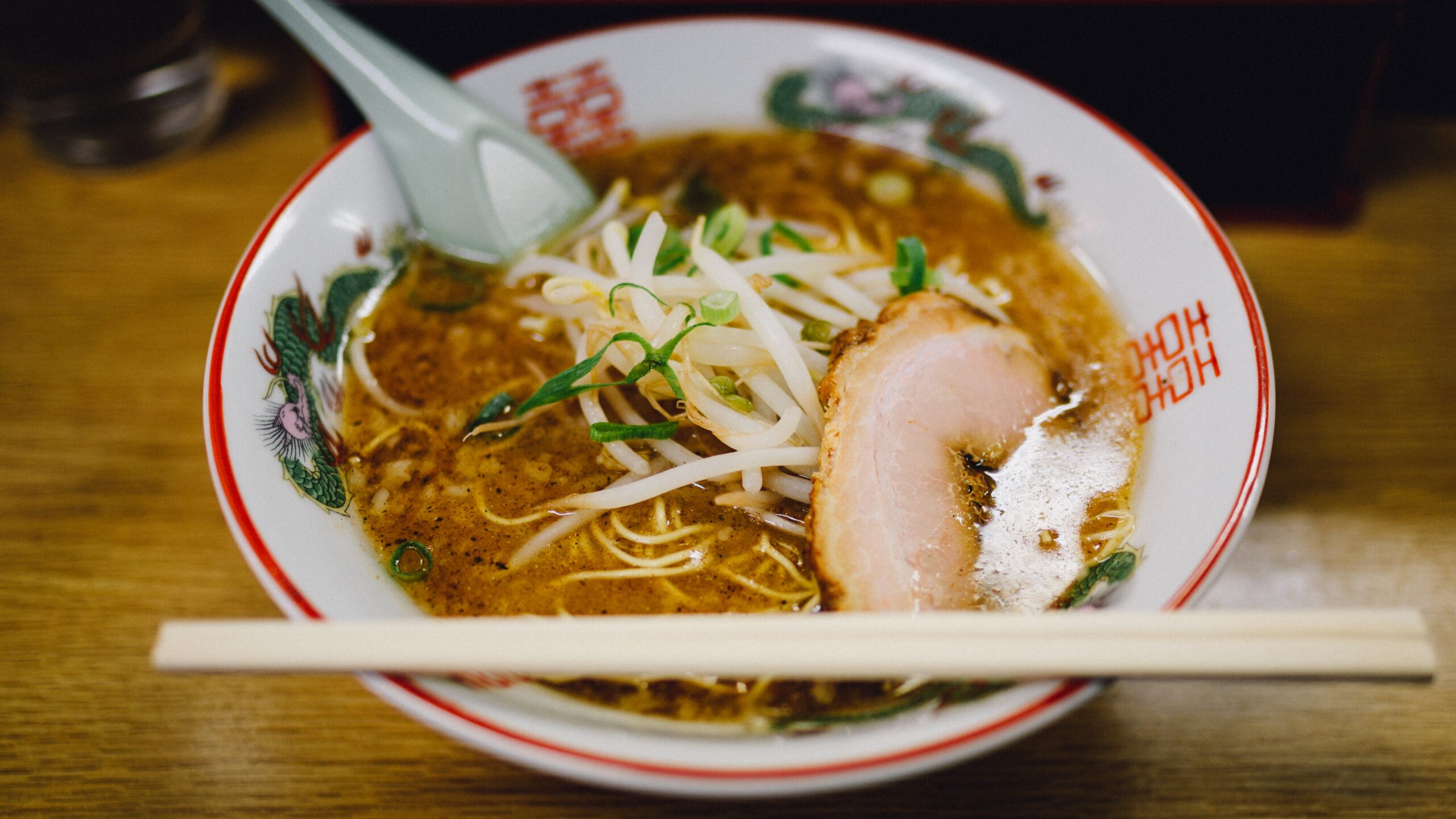Now that the borders have opened, it’s time for a trip to Japan! Read this article for tips on etiquette when traveling in Japan.

As of October 11, 2022, Japan has opened to visa-free travel for travelers from most countries. For a full list of countries, look here. Requirements for entry include either a Covid vaccination certificate (fully vaccinated and boosted) or a proof of negative test result. For those who have traveled over the last two years, you know how much smoother the process of entry is now. After November 14, the pre-arrival documents will be migrating from the MySOS app to the Visit Japan Web app.
What should you know when visiting Japan? This is your guide to Japan travel etiquette.
On the train
You’re bound to ride the amazing Japanese train system when in Japan! Japanese trains are known for being on time, clean, and quiet. Whether you’re on the shinkansen, a local line in the countryside, or the Yamanote line in Tokyo, here are some things to remember.
- Speak quietly or not at all.
Always be aware of others around you. If people are not talking, respect the silence and refrain from talking. In Japan, silence is golden.

- Leave enough space for others when sitting.
Consider it a privilege to find a seat on the train. Don’t take up too much space, and be respectful of others around you. Be careful not to place your belongings on a seat but hold them on your lap or place them in the space above the seats.
- Reserve the “priority seating” at the end of each car for elderly, handicapped or pregnant women
You may notice that the seats at the end of each car are a different color. These are reserved for the elderly, handicapped, mothers with young children or pregnant women. Be respectful, and give up your seat if someone who needs it gets on the train.
At a hotel/inn/ryokan
Hotels in Japan are either western-style or Japanese-style. Depending on the type of hotel you stay in, there are different etiquette rules to follow. The best way to behave is to watch others at the hotel, and ask if you have a question.
- Wear your yukata “robe” around the hotel for meals or going to the bath.
Yukata “robes” are a wonderful part of any hotel stay in Japan. Wrap the right side around your body and then put the left side on top. Tie the obi belt around your waist, and in colder weather, you can wear the jacket over top. Most hotels will ask that you do not wear the yukata outside of the hotel property, although it may differ in onsen towns.
- Take off shoes when entering the ryokan or entering a room in a hotel.
Don’t forget that in most homes in Japan, shoes are not worn inside. Most traditional hotels will have an entry area to take off your shoes either when entering the hotel or your room. Watch what others do, and imitate. If you’re staying in a tatami mat room, make sure to take off your shoes or slippers so that you do not damage the tatami.
Out in public
What should you be aware of when out in public spaces? There are many unspoken rules in Japanese culture, and these are a few to be aware of.
- Don’t walk and eat.
It is considered impolite to eat while walking in Japan. So before you start walking, take some time to stop and eat your ice cream or nikuman dumpling.
- Wear your mask.
Masks are still worn in public places in Japan. You probably won’t see as many signs regarding masks, and there is no law about mask wearing. However, during this pandemic Japanese people want to be respectful of others and their health and safety. The Japanese government recommends masks be worn inside when talking, but can be taken off when outside and with enough distance from others. The government has continually reminded the Japanese people to guard from the spread of Covid-19 and avoid the three C’s: closed spaces, crowded places, and close-contact settings.

- Walk and stand on the left side of the escalator.
In most parts of Japan, expect to stand on the left side of the escalator (unless you’re in Kansai area, where standing on the right is more common; thanks World Expo of 1970!). Do not take up the whole escalator, and kindly allow people in a hurry to pass by on the right side. When walking, move to the left side of the sidewalk when passing someone.
Eating
Whether you’re eating at a local mom and pop izakaya or a chain restaurant, there are certain unspoken etiquette tips to follow.

- Use chopsticks appropriately.
Don’t point chopsticks at someone when eating; it’s considered rude! When pausing or when finished eating, do not put the chopsticks straight down into the bowl. This is what is done at a Buddhist-style funeral and connotes death. Instead, place the chopsticks on the food tray, chopsticks holder or on top of the bowl.
- When paying, use the coin tray. Don’t give your money directly to the cashier.
Most restaurants in Japan have a little blue or brown coin tray next to the cash register. Rather than handing the bills directly to the cashier, place your money on this tray. This is just another indication of the customer-focused aspect of Japanese culture; the less hand-exchange the better! You’ll probably be handed back your change on this tray in return. Extra steps of politeness speak volumes in Japan.
Doing the above tips should help you when you travel in Japan.
And if you don’t know something, just ask! It’s okay to ask someone if you don’t know what is culturally appropriate. Better to ask than to be that obnoxious foreigner.



